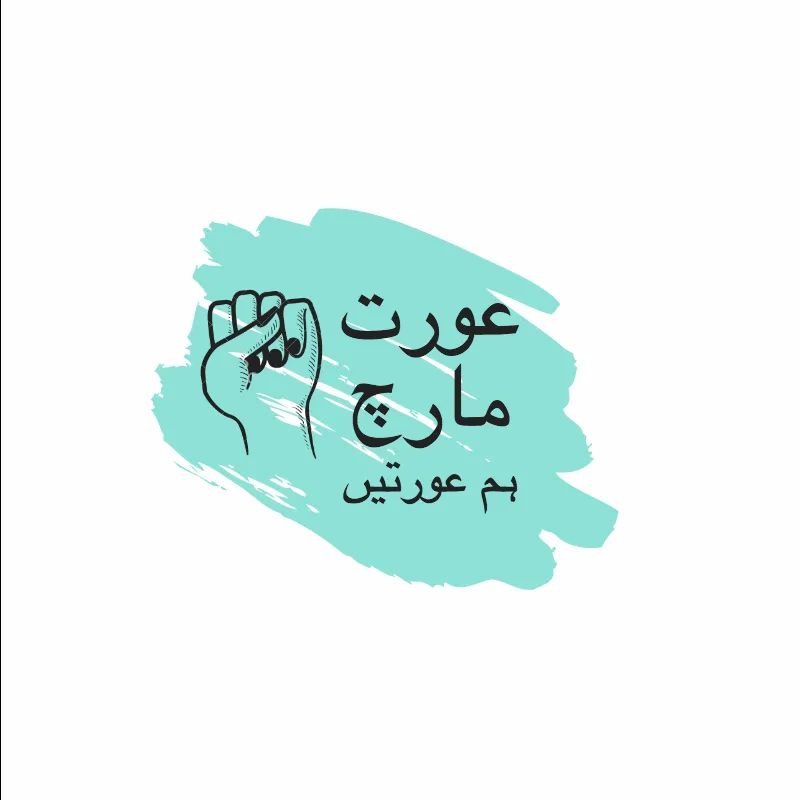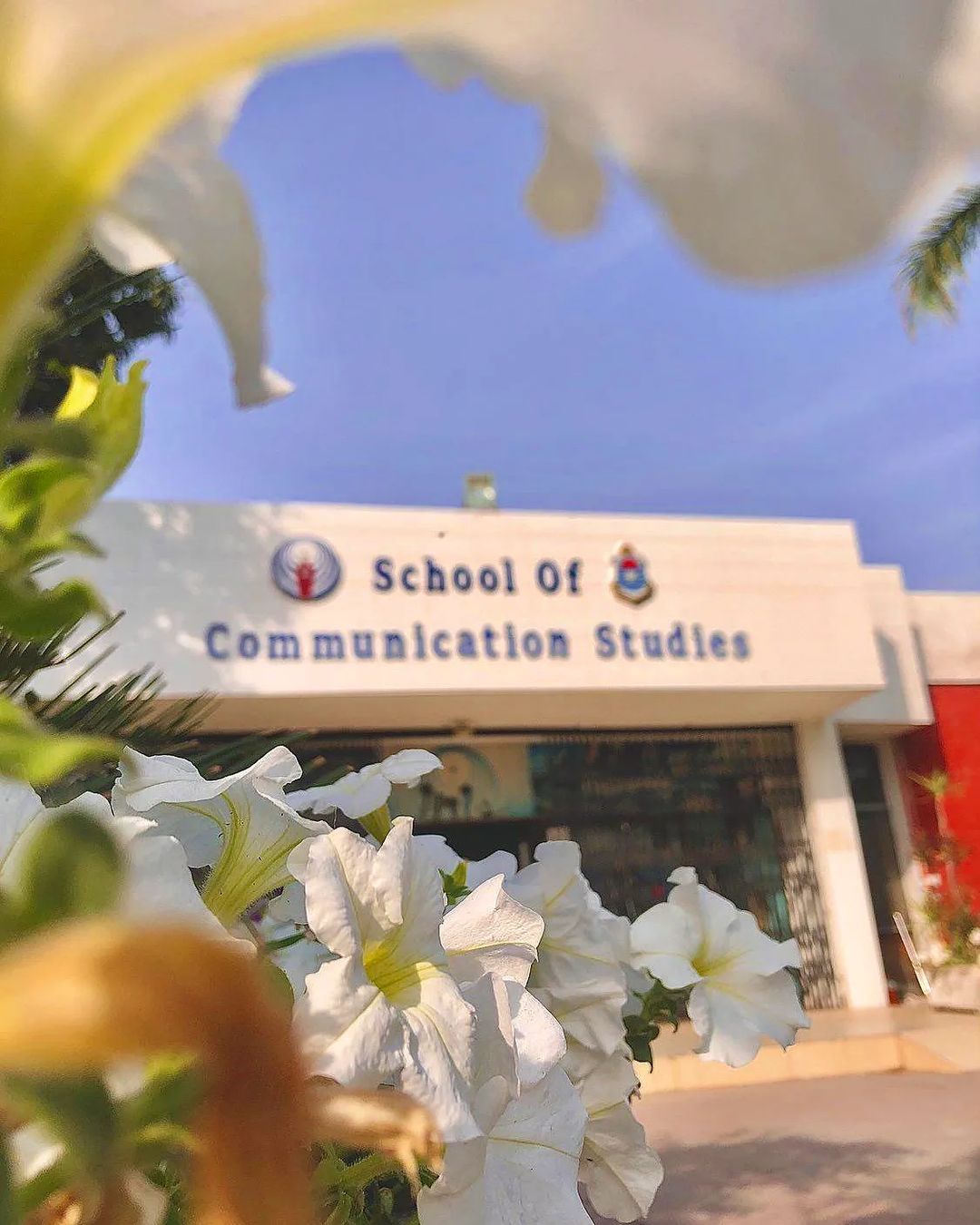
“Chadar aur Chaar Diwari” and other conservative expressions have long been used to characterize Pakistan’s patriarchal society. A generation of women, however, is contesting this narrative thrugh Aurat March by calling for their freedoms and rights.
In Pakistan, women were never safe enough to travel alone, wear clothes according to their desires, etc. The recent incident of Ichrra, in which a woman was harassed by the crowd just because she was wearing a dress with Arabic calligraphy. ASP Shehrbano is a national hero when she saves that girl from that crowd.
According to the World Economic Forum’s 2021 Global Gender Gap Report, Pakistan is placed 153rd out of 156 countries. The Human Rights Commission of Pakistan reports that 47% of married women have suffered sexual abuse, including rape, and 90% of women have endured domestic violence of some kind at the hands of their husbands or families.
The first aurat march was held in 2018. The literacy rate of women in Pakistan is 51.8%. Apart from this, there needs to be more women in businesses. There are only 1 percent of the women entrepreneurs in Pakistan.
Each year, on Women’s Day, Aurat March is inaugurated in Pakistan to address the issue of women’s inequality. There would be rallies in Pakistan in different cities like Karachi, Lahore, and Islamabad. They all have their separate mottos.
Karachities are demanding the rights for home-based workers, protection for minorities, restoration of democracy, safe hostels for women (cis and trans), trans men, khawaja siras, and non-binary people, the escalating hate campaign against the khawaja sira community, and most importantly an end to end to Baloch genocide and enforced disappearances.
Also read: Law student allegedly commits suicide in Peshawar
The theme for Lahore’s march is Siyasat, Muzahamat aur Azadi [politics, resistance, and freedom], in which they are demanding 5% women’s nomination on general seats for all political parties, true democracy within political parties, equitable resource distribution, and representation for all federative units, called for the rejection of all proposed bills violating the dignity and privacy of the transgender and khwaja sira community and many more. They have also asked their participants to wear red and black to represent that grief and hope can coexist.
In Islamabad, they have the motto to end forced disappearances, Promote hope and world peace, end gender-based patriarchal violence, Improve access to universal education and healthcare, end period poverty, and many other issues.
Pakistan has had notable advancements in the safeguarding of women. The Gender Management Information System (GMIS), the Protection Against Harassment of Women at Workplace Bill 2009, and the Gender Reform Action Program (GRAP), which promotes gender equality Anti-Honor Killing Act of 2016; Anti-Rape Law (Criminal Law Amendment) Act of 2016.
The main reason for gender inequality in Pakistan is the lack of education, not only in men but also in women. Women of Pakistan have accepted the patriarchy of Pakistan, and they don’t even know that they are marginalized in this society. Not only women, there’s a need to educate the men of our country too. They need to understand women’s rights, not just social but also their religious rights. It is important to provide proper information to women regarding their Property rights, maternal health, the right to public spaces, equal pay, and educational opportunities for girls.





